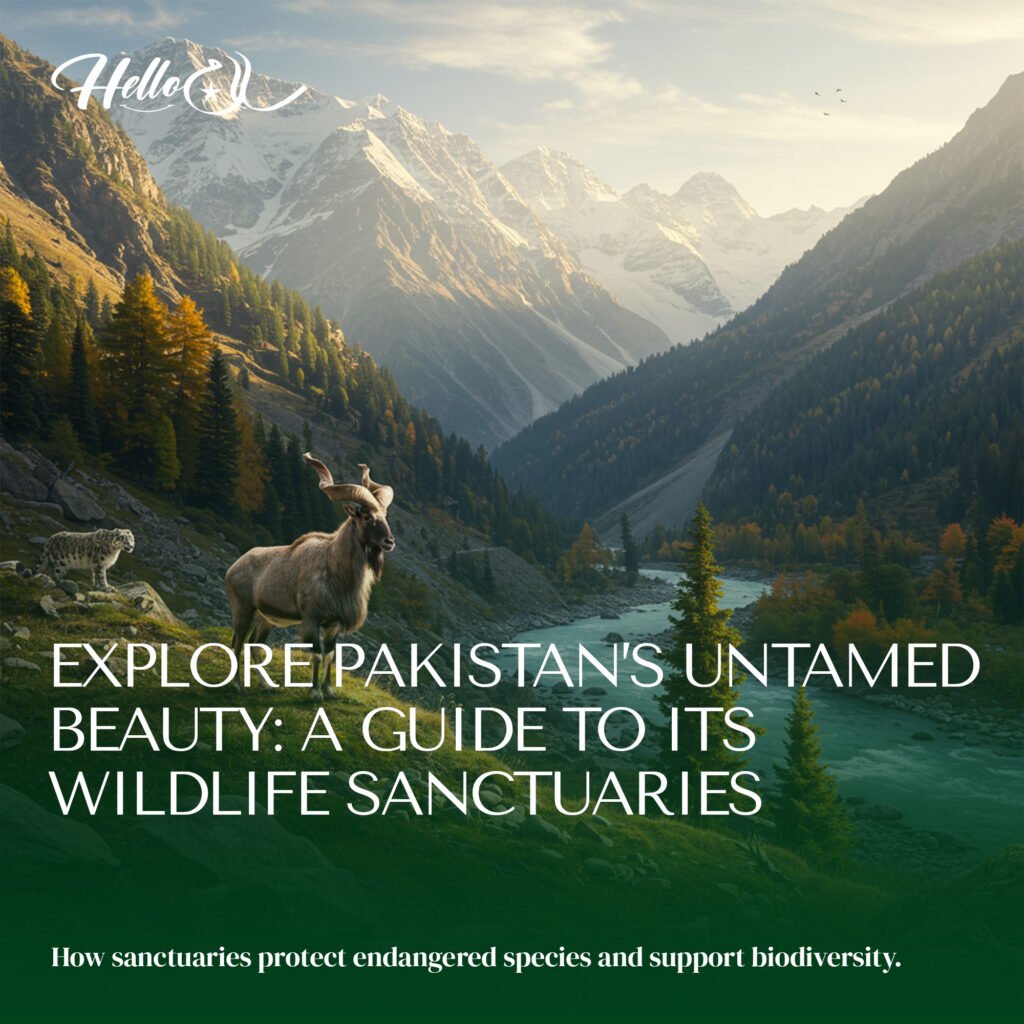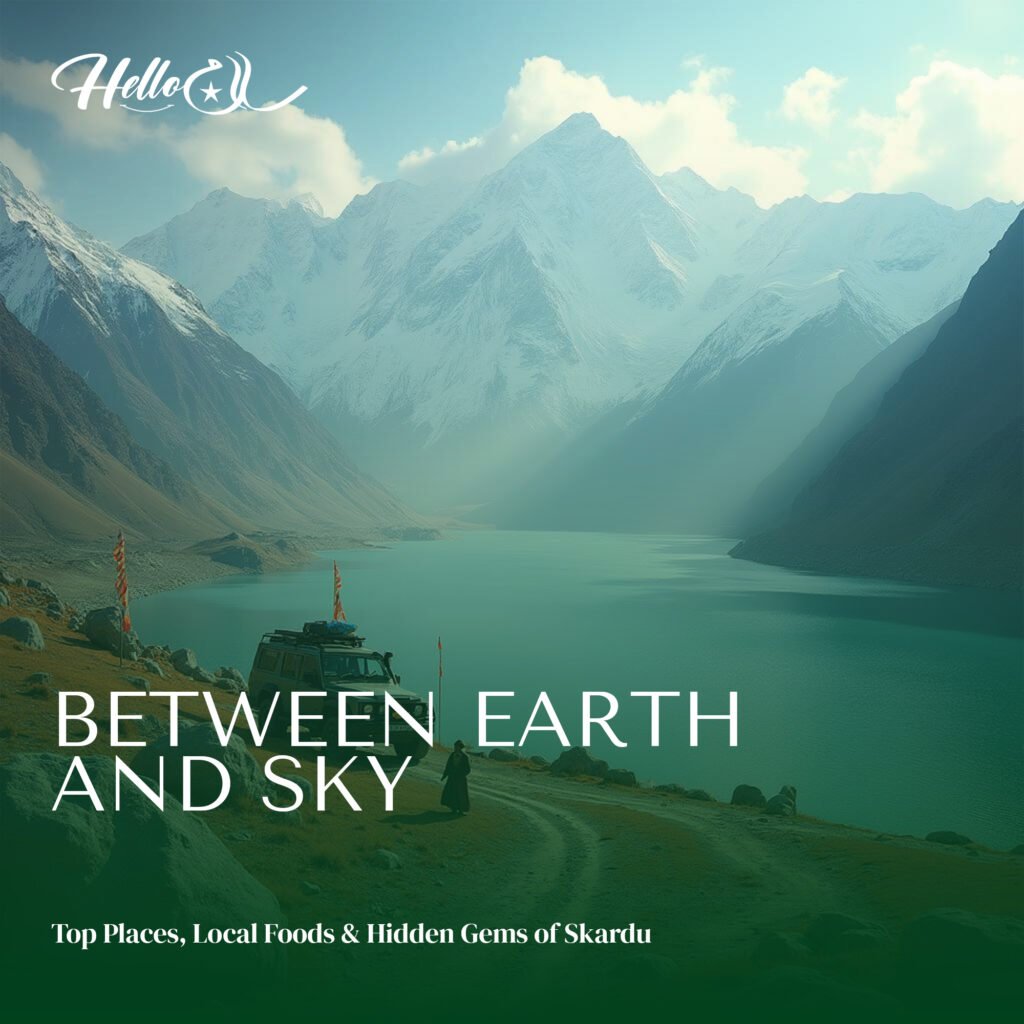Wildlife Adventures in Pakistan; Uncover Top SanctuariesYou Must Visit | A Nature Lover’s Paradise!
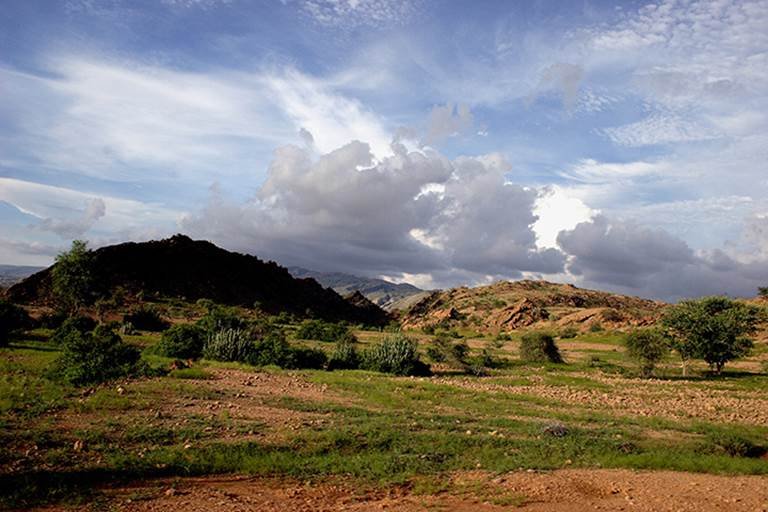
Pakistan is home to a rich and diverse ecosystem, offering travelers an exceptional opportunity to explore its wildlife sanctuaries, where rare species roam freely and the landscapes are pristine. From snow-capped mountains in the north to desert expanses in the south, Pakistan’s wildlife sanctuaries provide not only a sanctuary for wildlife but also a spectacular experience for tourists.
History and Importance of Wildlife Sanctuaries in Pakistan:
Wildlife sanctuaries in Pakistan serve as vital havens for the conservation of endangered species and the preservation of natural habitats. These protected areas play a significant role in maintaining biodiversity and supporting the balance of ecosystems. Established to safeguard vulnerable wildlife, these sanctuaries offer refuge to numerous species, some of which are unique to Pakistan, such as the snow leopard and Markhor, the national animal.
The government and various conservation organizations have worked together to ensure that these sanctuaries are safeguarded from poaching, deforestation, and other environmental threats. Today, they stand as key pillars of Pakistan’s eco-tourism and conservation efforts.
Notable Wildlife Sanctuaries in Pakistan:
- Astor Wildlife Sanctuary (Gilgit-Baltistan):
- Location: Astore Valley, Gilgit-Baltistan
- When to Visit: June-September
- Special Species: Snow leopard, Himalayan brown bear, Astore Markhor
- Facts: Astor is a high-altitude sanctuary nestled between the mighty Nanga Parbat and the Deosai Plateau. It provides a safe environment for Pakistan’s national animal, the Astore Markhor.

- Cholistan Wildlife Sanctuary (Punjab):
- Location: Cholistan Desert, Punjab
- When to Visit: October-March
- Special Species: Chinkara gazelle, Desert fox, Blackbuck, Falcons
- Facts: The vast desert landscapes of Cholistan are home to endangered species such as the desert wolf and Indian desert cat. The sanctuary is a haven for bird watchers, especially falcon enthusiasts.

- Hingol Wildlife Sanctuary (Balochistan):
- Location: Lasbela, Balochistan
- When to Visit: October-April
- Special Species: Sindh ibex, Balochistan bear, Flamingos
- Facts: A mix of coastal, desert, and mountainous ecosystems, Hingol is one of Pakistan’s largest wildlife sanctuaries. It is home to the elusive Sindh ibex and Balochistan bear, along with stunning landscapes.
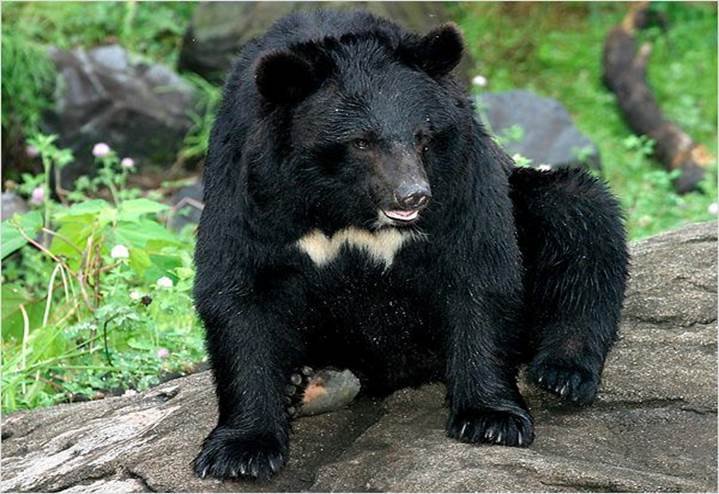
- Khunjerab National Park (Gilgit-Baltistan):
- Location: Khunjerab Pass, Gilgit-Baltistan
- When to Visit: June-September
- Special Species: Snow leopard, Marco Polo sheep, Himalayan ibex
- Facts: Situated at an altitude of 4,300 meters, Khunjerab is one of the highest wildlife sanctuaries in the world. It offers a rare chance to spot the snow leopard and the elusive Marco Polo sheep.
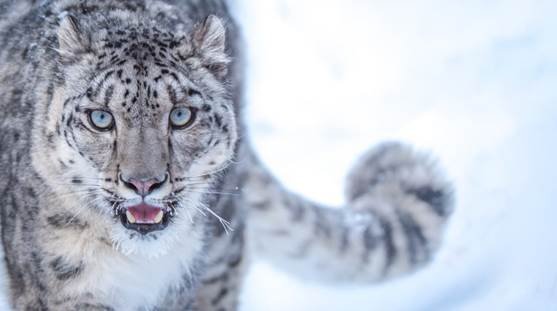
- Nara Desert Wildlife Sanctuary (Sindh):
- Location: Mirpurkhas, Sindh
- When to Visit: December- February
- Special Species: Mugger crocodile, Caracal, Chinkara
- Facts: This sanctuary, located in the arid lands of Sindh, is a critical breeding site for the Mugger crocodile. The sanctuary also shelters several mammals and reptiles, making it a perfect destination for adventure tourism in Pakistan.
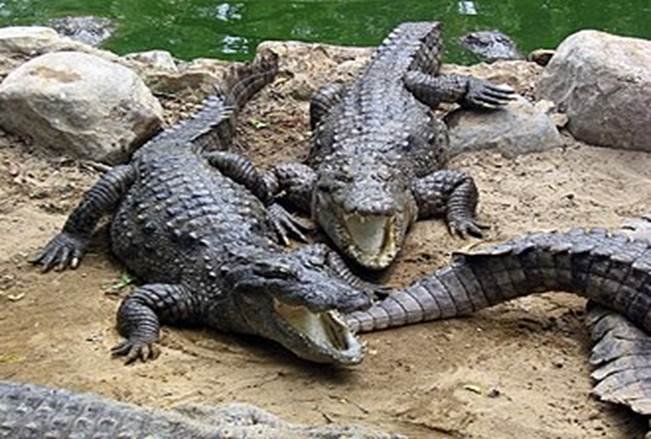
- Deosai National Park (Gilgit-Baltistan):
- Location: Near Skardu, Gilgit-Baltistan
- When to Visit: May-October
- Special Species: Himalayan brown bear, Marmot, Golden eagle
- Facts: Known as the “Land of Giants,” Deosai offers breathtaking vistas, with vast grasslands and alpine meadows. It’s a paradise for trekkers and wildlife photographers alike.
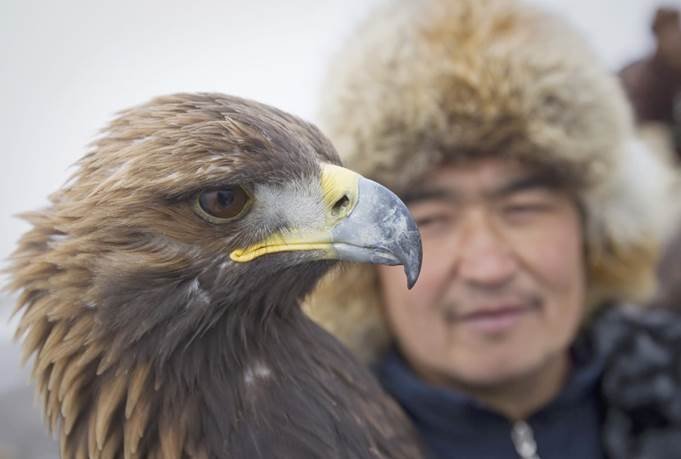
When to Visit and How to Reach:
While each sanctuary has its own best season, the summer months (May – October) generally offer the most comfortable weather for visitors, especially in the northern regions. For those trekking in the mountainous sanctuaries, ensure to check weather patterns and plan accordingly.
Accessing these sanctuaries can be an adventure in itself. While many sanctuaries are situated in remote areas, road trips offer the best way to reach them. For some locations, like Deosai and Khunjerab, trekking and off-road vehicles are required. Local guides often help tourists navigate these rugged terrains.
Know Before You Go: Tips for Travelers:
- Pack Accordingly: Some sanctuaries are located at high altitudes, so bring warm clothes and trekking gear, especially if visiting between May and September.
- Stay Hydrated: Some sanctuaries, like those in the desert regions, may not have sufficient water sources, so ensure to carry extra water supplies.
- Respect Wildlife: Remember that these sanctuaries are homes to endangered species. Keep a safe distance and avoid disturbing the animals.
Why Visit Pakistan’s Wildlife Sanctuaries?
- Diverse Ecosystems: From lush mountain valleys to dry desert landscapes, these sanctuaries provide an opportunity to experience various ecosystems in their natural beauty.
- Adventure Tourism: For trekkers, photographers, and nature lovers, these sanctuaries offer endless opportunities for exploration and wildlife photography.
- Cultural and Natural Heritage: By visiting these protected areas, you not only experience nature’s wonders but also contribute to the conservation of the country’s rich natural and cultural heritage.
Conclusion:
Pakistan’s wildlife sanctuaries are hidden gems for travelers seeking a unique adventure. Whether you are trekking through the rugged terrains of Khunjerab or birdwatching at Haleji Lake, these sanctuaries offer something for every nature enthusiast. The diverse species, breathtaking landscapes, and eco-tourism opportunities make Pakistan a must-visit destination for wildlife lovers.
Plan your next adventure and immerse yourself in the natural scenery and cultural traditions of Pakistan, as you explore the country’s pristine wildlife sanctuaries!
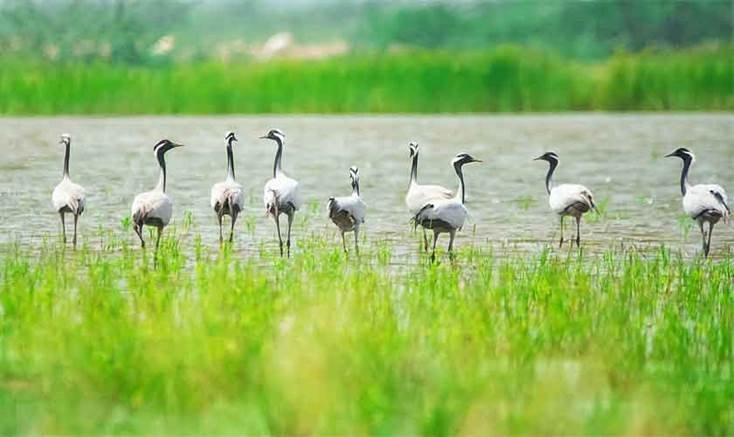
Stay tuned with Hello Salam PK for more!
#TravelwithHelloSalam

